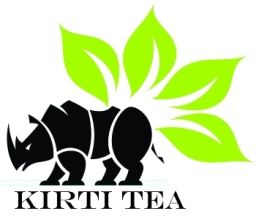News & Update, Tea, Tea Business
The history of Tea – Shunan Teng
Let’s Begin…
Tea is the second most consumed beverage in the world after water –– and from sugary Turkish Rize tea to salty Tibetan butter tea, there are almost as many ways of preparing the beverage as there are cultures on the globe. Where did this beverage originate, and how did it become so popular? Shunan Teng details tea’s long history.https://youtu.be/ApKCycBFdvM
Our history of tea begins with the legend of the “divine famer” Shen Nong who is credited in many ancient Chinese texts with various agricultural accomplishments. However, some scholars of ancient China now believe Shen Nong might in fact originally have referred to a group of people, living within China and utilizing particularly advanced agricultural techniques for the era. Over time this people’s knowledge of farming was canonized in the form of legends about a divine farmer who shared their name, and whose fame ultimately eclipsed their own.
The Classics of Tea by Lu Yu in Tang Dynasty is considered a monumental book on tea even though most of the details in the book are no longer relevant today. The book introduced fundamental structure to studying tea that to this day has a direct impact on tea scholars and connoisseurs: terroir, varietal, crafting, vessel, water, preparing, tasting, and appreciation in the text of history and art.
When tea was popularly consumed in the powdered form in Song Dynasty, the style of brewing where the tea was whisked with hot water to create a creamy drink is called dian cha (點茶). The most desired glaze for the tea bowls was black, to contrast the appearance of tea art created with the white foam resulted from the whisking. This style of teaware is generally referred to as jian zhan (建盏) or tian mu you (天目釉), which along with the powered tea muo cha or matcha (末茶/抹茶) and the whisking method all had a profound influence on Japanese tea drinking traditions and teaware.
Japanese further developed rituals around dian cha, standardized many of the steps, and from there had born the Japanese tea ceremony. Sen no Rikyū is considered the most definitive figure in shaping the Japanese Tea Ceremony today. He rose from commoner to prominent social status in feudal Japan because of his outstanding skills with tea as well as his zen practices. Eventually Daimyo Hideyoeshi ordered him to commit suicide, possibly because of disagreements about tea.
In Ming Dynasty, needs for war horses led to large scale of government sponsored tea trade between China’s tea regions and Tibet in exchange for war horses. These routes are called Tea-Horse Roads. The trade continued all the way till the end of Qing Dynasty, leaving legacies of large number of ancient tea trees and once bustling townships to today’s fascination.

